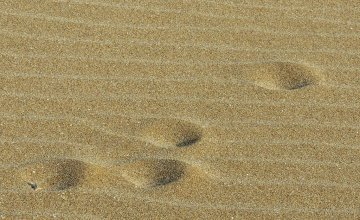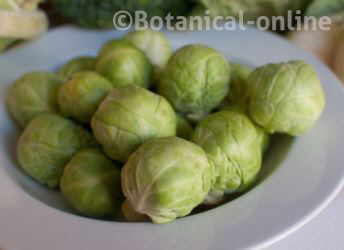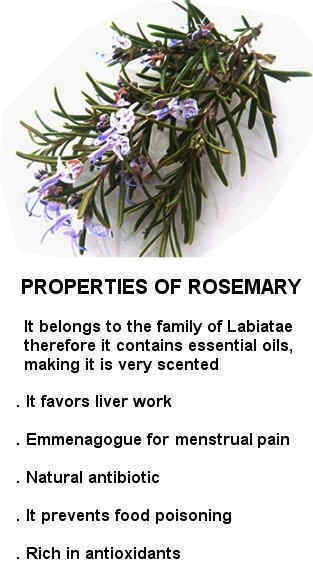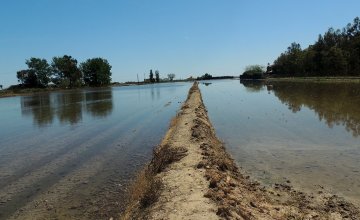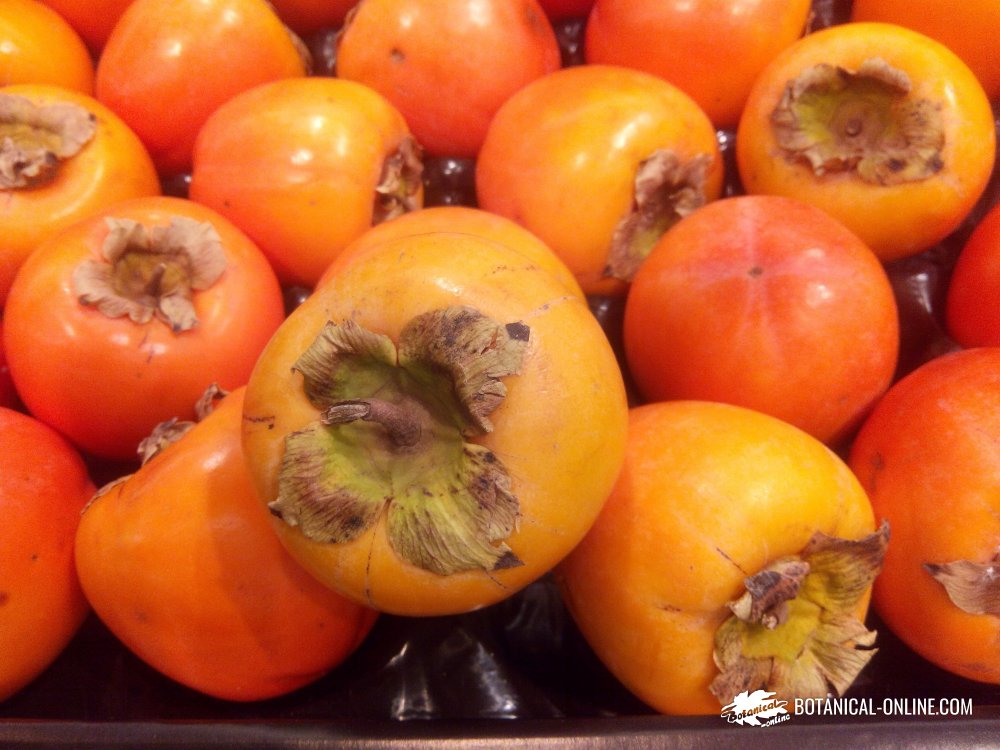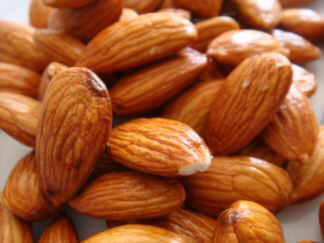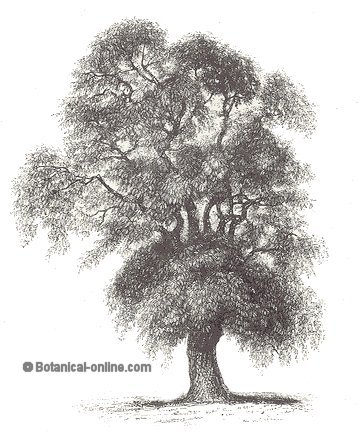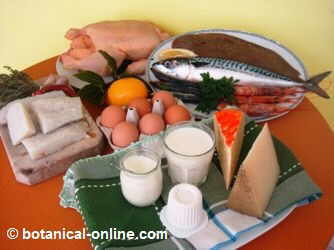Contents
Good and bad food for angina pectoris
RECOMMENDED AND NOT RECOMMENDED FOOD IN ANGINA PECTORIS DIET
Fat intake in angina pectoris?
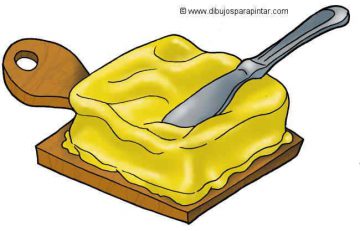 It is very important to minimize food containing saturated fats. We should avoid to the maximum consumption of fatty foods from animal origin, rich in saturated fats because they increase levels of low density cholesterol (LDL) and promote obesity.
It is very important to minimize food containing saturated fats. We should avoid to the maximum consumption of fatty foods from animal origin, rich in saturated fats because they increase levels of low density cholesterol (LDL) and promote obesity.
Fatty meat, butter, whole milk and whole dairy products (cheese, creams, yogurts, curdles etc.) should be replaced by other protein sources such as legumes and nuts.
Vegetable oils such as olive oil, sunflower oil and rapeseed oils will replace animal fats in the kitchen. If you do not want to dispense altogether with the meat, it is best to eat lean meat such as chicken, or use blue fish (sardines, mackerel, salmon, tuna, etc.). Blue fish is very rich in omega 3 fatty acids which reduce the level of bad cholesterol (LDL) and increase the level of “good” cholesterol (HDL), so that they can thin the blood. (For more information on cholesterol)
Body weight and angina pectoris
We must choose foods that promote body weight reduction. By doing this, besides avoiding high fat foods from animals, we will minimize bakery foods that also contain animal fats besides refined sugar
In its place we will better consume other type of foods that, apart from providing us with satiating calories, they also will contribute with other other components necessary for good health such as vitamins and minerals.
Among these we have to mention the high carbohydrate foods obtained from cereals or their derivatives (rice, oats, wheat, bread, pasta, oatmeal, etc.) or legumes (chickpeas, beans, broad beans, lentils, soy etc.).
We must not forget the importance of vegetables, with very little calories, and fruits that will provide easily assimilated sugars. All of them with high water content and all the wealth of vitamins, minerals and phytochemicals much needed to prevent the occurrence of many diseases (More information of low fat diets)
Fiber for angina pectoris
Choosing foods high in soluble fiber hinders the absorption of cholesterol through the intestinal wall, so that a diet rich in vegetables containing a lot of soluble will help reduce all those diseases related with cholesterol. Foods containing this component are oats, beans, pears, pomegranates or apples.
Sodium content in angina pectoris
Eating foods rich in potassium and low in sodium will help eliminate excessive body water, reducing the sodium level which will help to lower blood pressure, another factor that can trigger angina. Among the foods richest in potassium we can choose potatoes, kiwis, bananas, tomatoes, peaches or grapes.
Canned food should be avoided, either from animal or vegetable origin, because of its high sodium content.
Are alcoholic beverages good for angina pectoris?
The general opinion has been opposed to the consumption of alcoholic drinks based on the idea that they increase blood pressure and worsen the symptoms of angina.
In spite of this general opinion, recent studies have proved that a moderate consumption of alcohol, specially red wine, could have an antithrombotic effect, so it could be beneficial in the prevention on angina and heart attack.
![]() More information about angina pectoris natural treatments.
More information about angina pectoris natural treatments.

